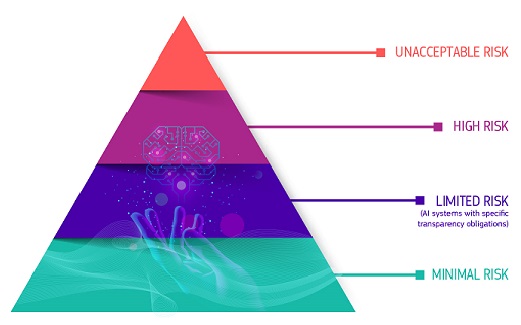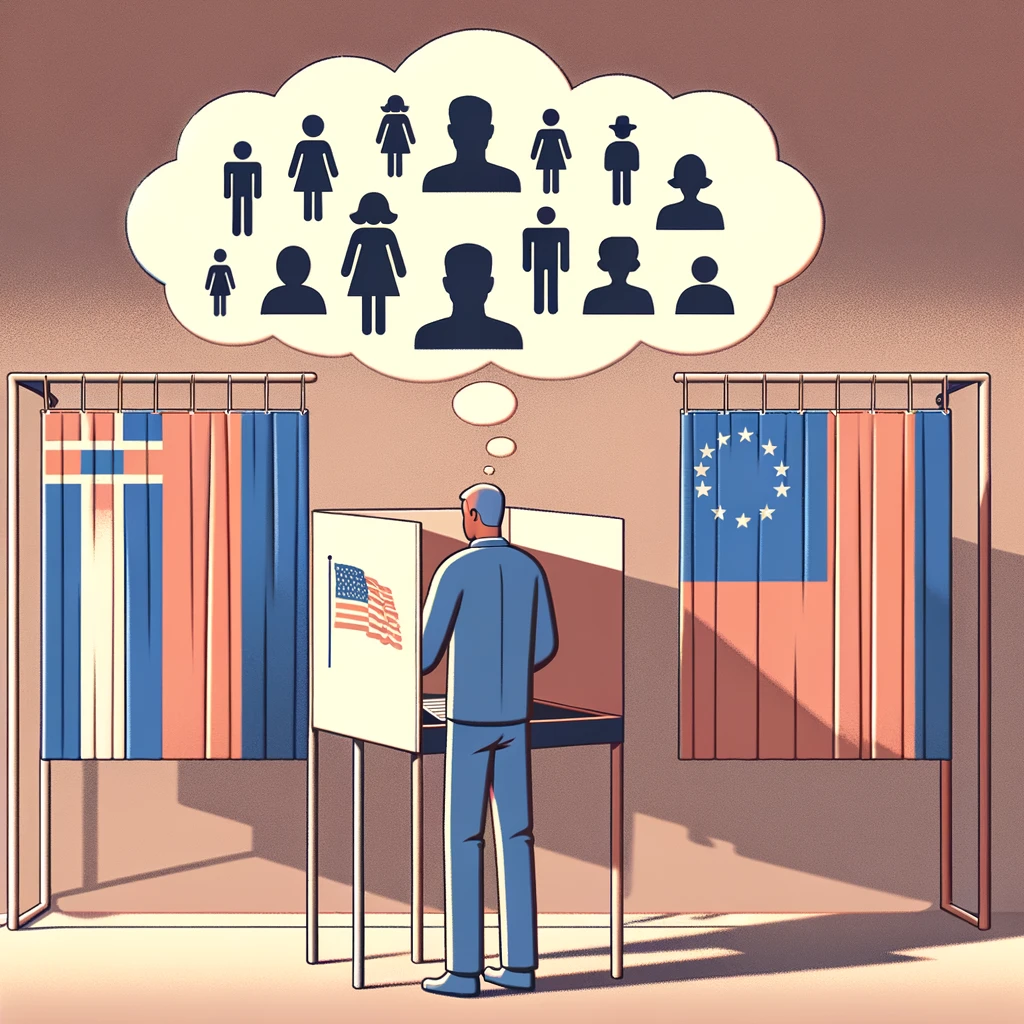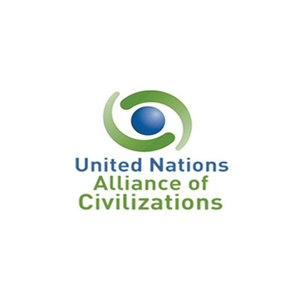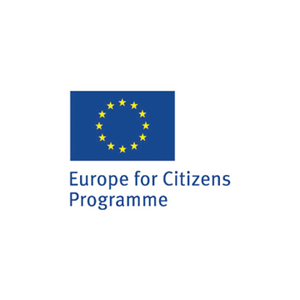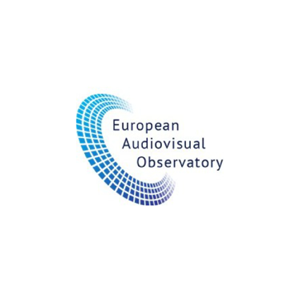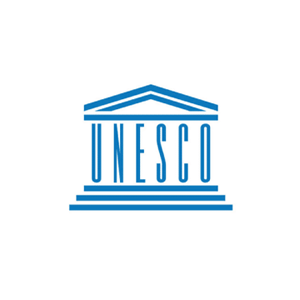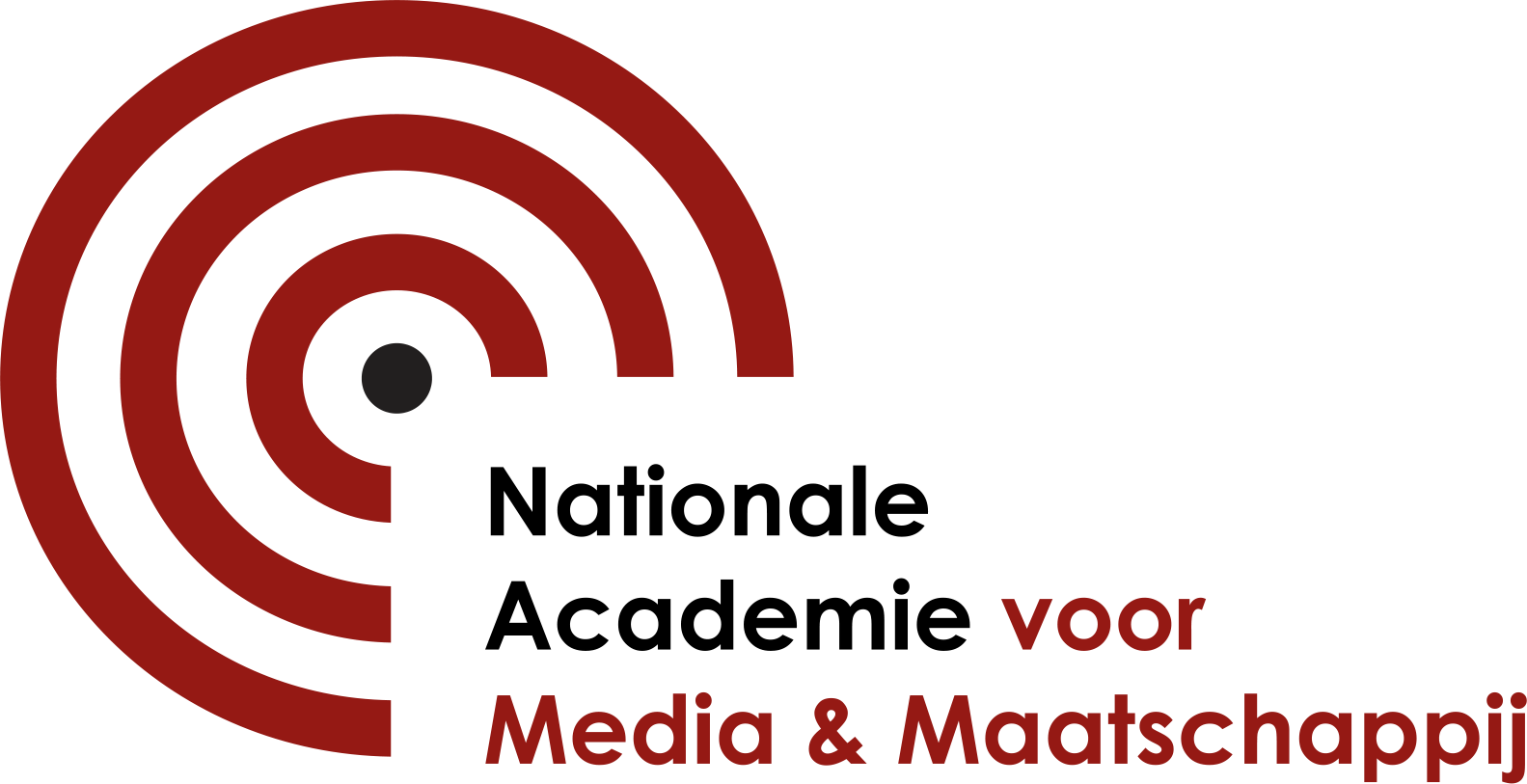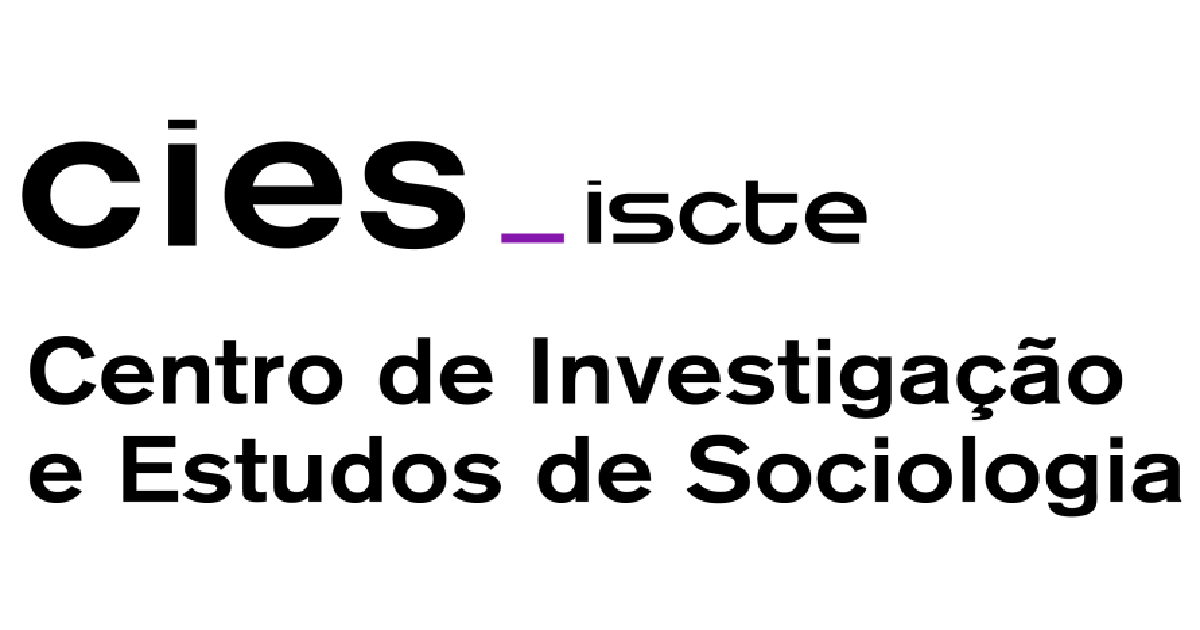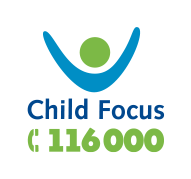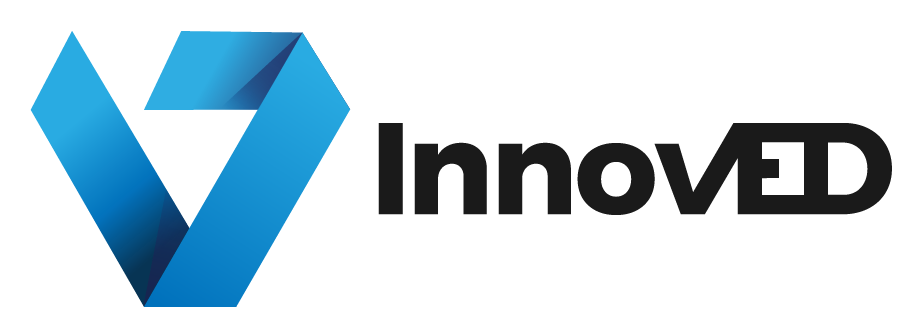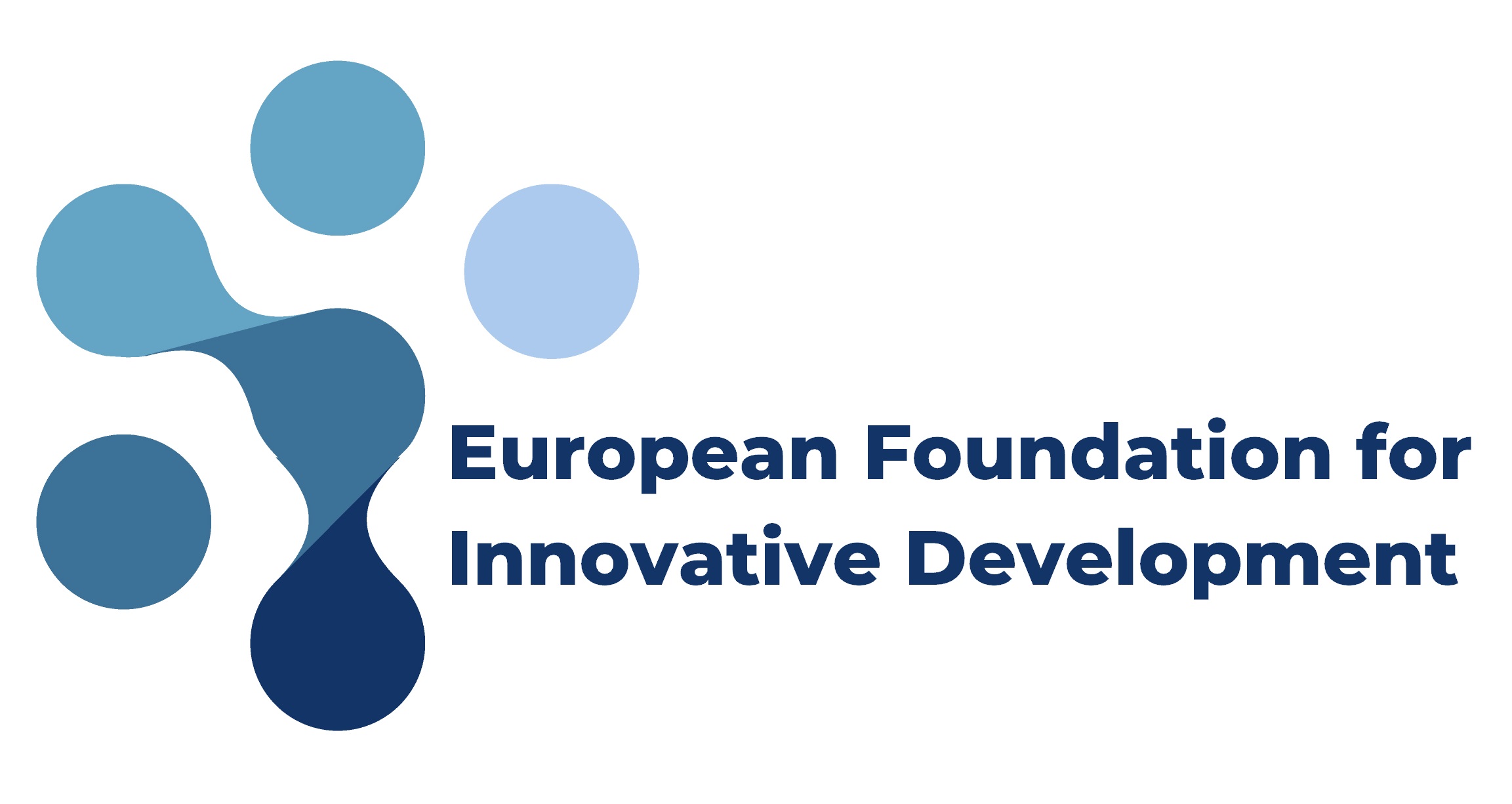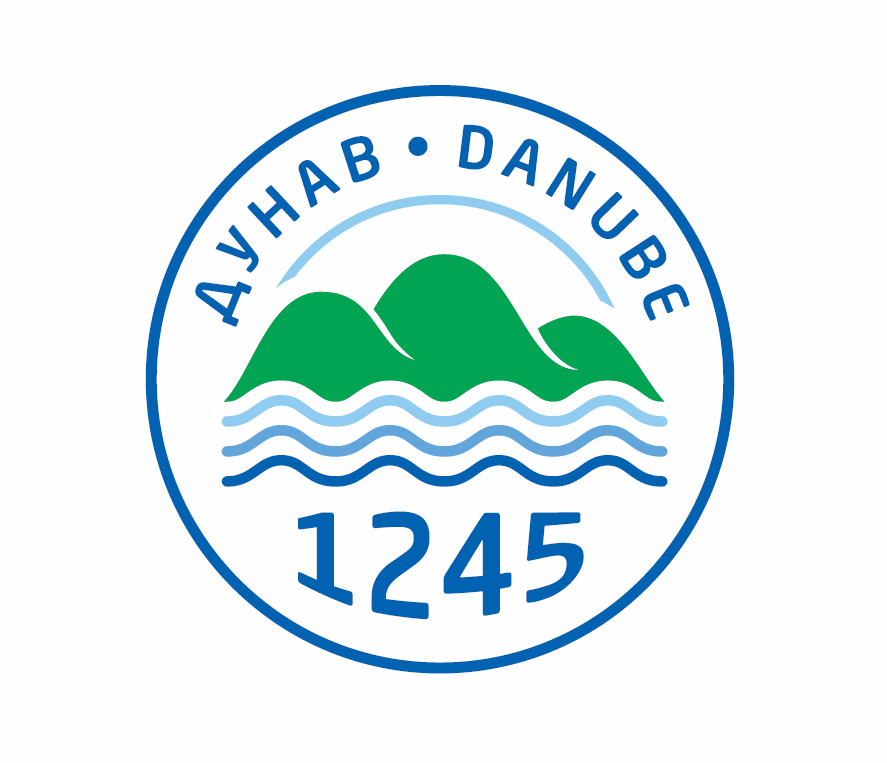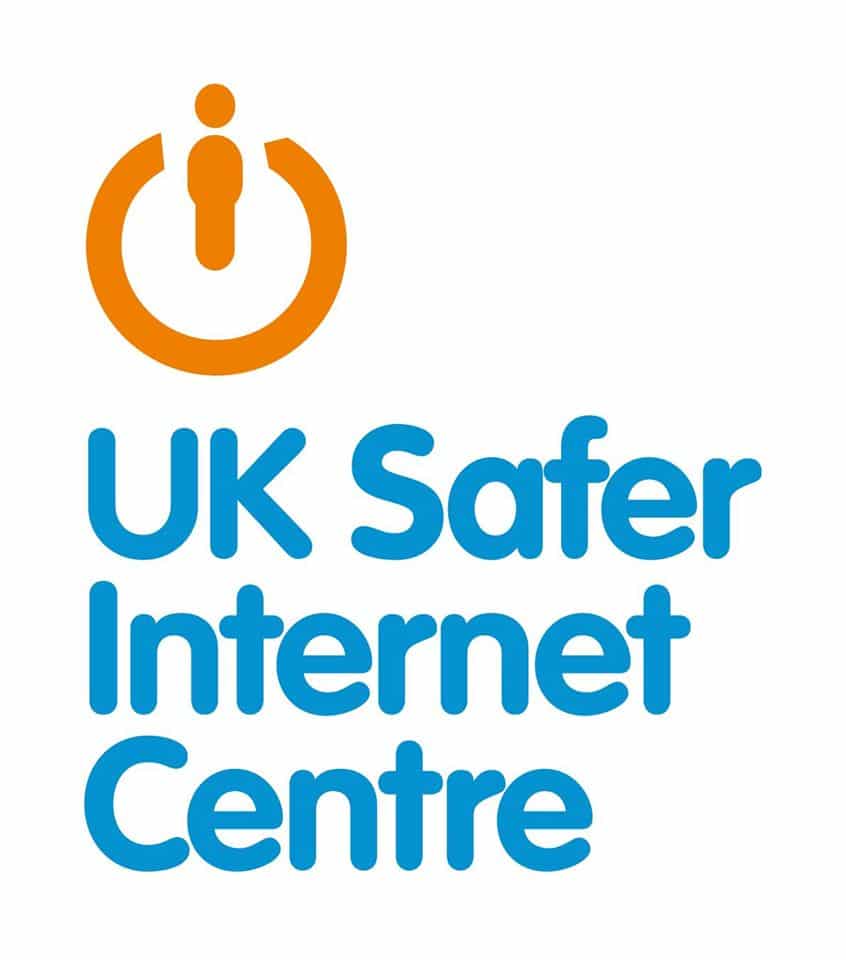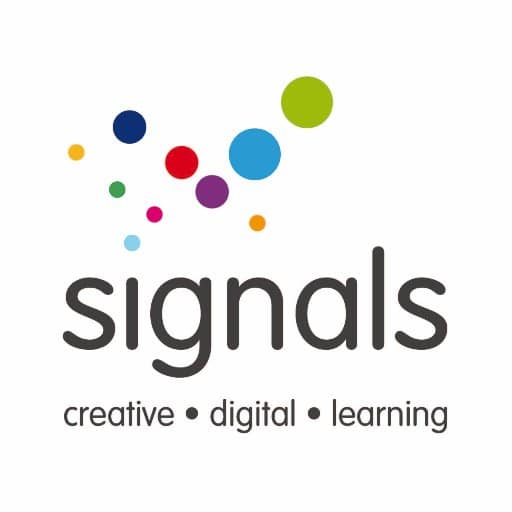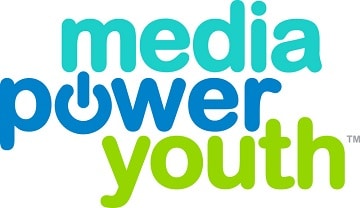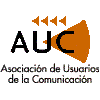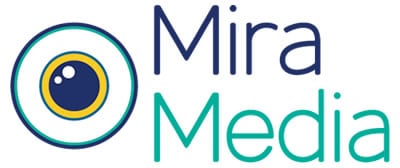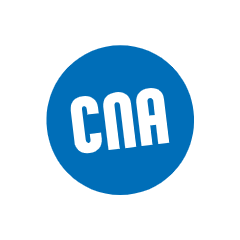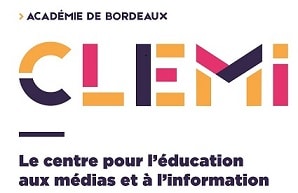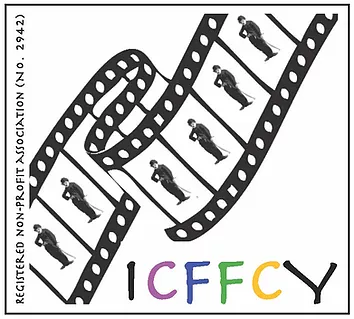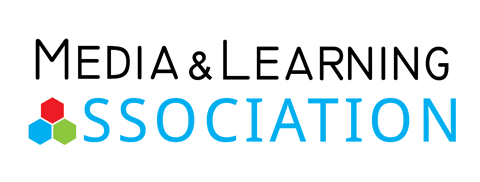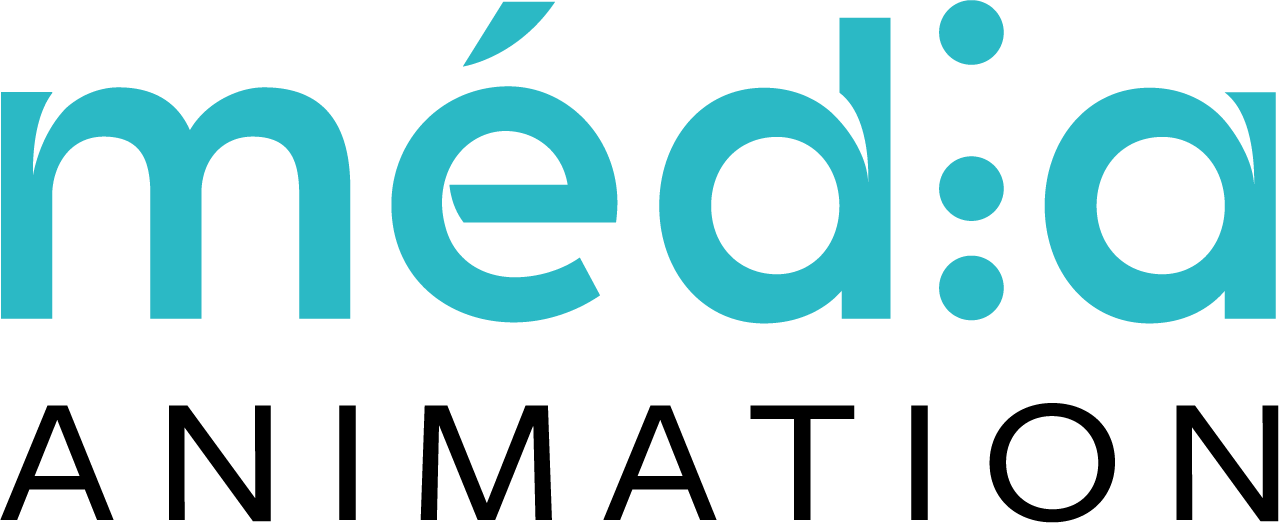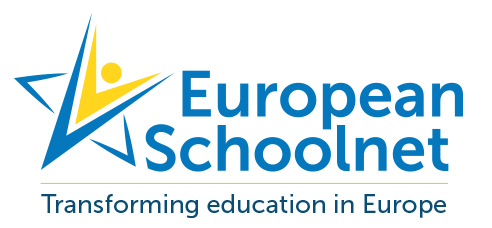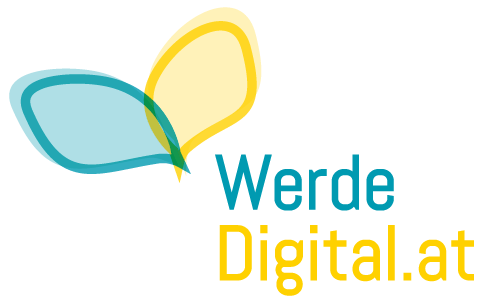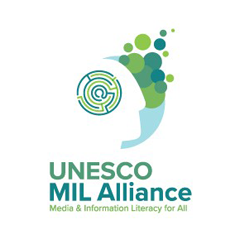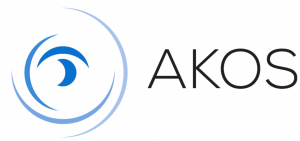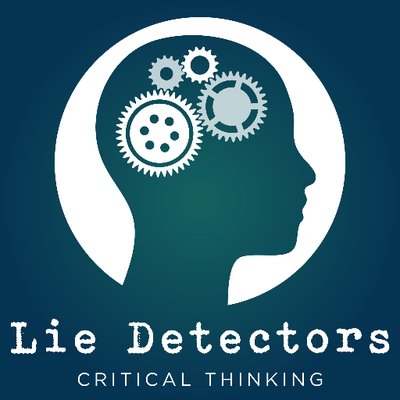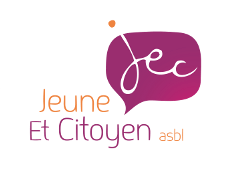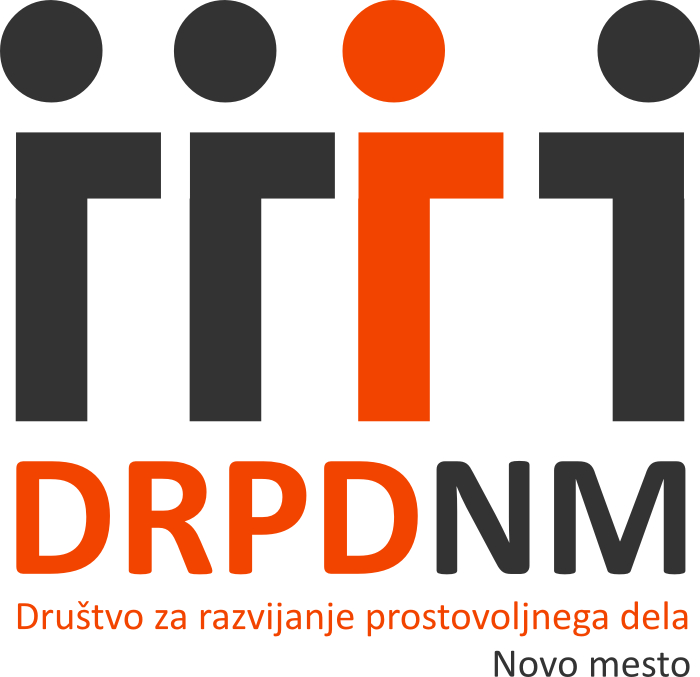Social media are evolving with vigorous rhythm. The human hunger for communication and the development of technology are vital contributors to the establishment of the digital world.
But let’s start from the beginning! What is social media? ‘It is a computer-based technology that facilitates the sharing of ideas, thoughts, and information through the building of virtual networks and communities’ (Dollarhide, 2021). Social media are part of our everyday life as they are easily accessible through mobile phones. In 2021, 78% of the people globally are accessing social media platforms from their mobile phones (Brian, 2021).
Throughout time, several platforms have been created. One of the first was MySpace, which was an online platform where users could create a profile, invite their friends who were already members and form their network, the “Friend Space”. In particular, the user had to send an invitation to another user and if the invitation was accepted, the users were able to send emails, direct messages and share content like music etc. It was the most accessible and customizable networking site! It sounds a bit strange, right? Well, do not forget that this website was launched in 2003!
The “next generation” of online networking is Facebook. Known to almost everyone, Facebook was launched in 2006 by Mark Zuckerberg, providing the opportunity to people to create a digital network where they can communicate and share content and moments of their life through their own profiles. That year was a cornerstone for the future of social media platforms. In 2008, Facebook overtook MySpace as it gradually gained the reputation of a “safe space” with a focus on product quality and the users’ needs (Gil Press, 2020).
In 2004, Facebook introduced the Wall to the members’ profiles. That was a mat move, as it gave the opportunity to users to post information on their friends Wall. Additionally, the idea of “tagging” people in photos augmented the users of the network, as they were able to upload an unlimited number of photos and, at the same time, identify themselves in the photos of others (Encyclopedia Britannica, 2021).
Since then, Twitter, Pinterest, Snapchat and other platforms have been developed, attracting millions of users by focusing on visual communication. However, Facebook managed not only to stay on top, but also to develop two other applications; Instagram and WhatsApp which are top picks for social media users.
Nonetheless, Facebook’s reputation has been depleted as personal data of more than 87 million users were publicly accessible (Yurieff, 2019). That still remains a big issue for the media companies and the users. The criticism companies received was severe for spreading disinformation, failing to protect users’ privacy and regarding the raise of screen time addiction and cyberbullying worldwide.
Under these circumstances, and while Twitter was working on the improvement of well-being, and Facebook- Instagram were reassessing the impact of likes on mental health, another breakthrough took place in the digital world. In 2016, the Chinese tech company ‘ByteDance’ released the TikTok application where users can film short videos (up to 15 seconds) and connect clips for up to one minute and follow other people’s content by ‘hearting’ on their videos and comments. According to Sensor Tower, TikTok has more than three billion installs globally, which makes it the first app that is not launched by Facebook (Hutchinson, & Hutchinson, 2021).
Furthermore, TikTok consist of the evolution of Instagram and Snapchat and reflects the growing needs of the audience and the digital market. The latter was founded in 2011 and introduced the concept of ‘stories’ and ‘filters’. It managed to propose a different kind of communication, especially for the younger users, but it was not that successful among older people. The former, founded in 2010 and purchased by Facebook in 2012, introduced the concept of sharing photos with a wide group of people, who can follow with or without their approval.
Although it seems like TikTok tried to find a playful way to engage its users, Natalie Bazarova, an associate professor at Cornell University said TikTok is “totally different from Facebook and Instagram. There is nothing there about building social connections. It’s about using algorithms to find content that will hold your attention. It’s an entertainment-based platform.” (Yurieff, 2019).
While the digital world is overflowing with information and different online platforms, the European Commission introduced in 2018 the Code of Practice as an attempt to tackle disinformation, ensure transparency in advertising and cope with fake accounts and bots. Many online platforms, like Facebook, Twitter, Google etc. signed it and annually the EC receives self-assessment reports from each platform. In 2019, the results showed significant improvement concerning the transparency and the commitment of the online platforms to the guidelines of the Code. Nevertheless, the assessment of the effectiveness of the Code of Practice is still ongoing and the European Commission may propose further measures to regulate online platforms even more.
At first, social media existed to support users’ digital connection and the creation of a network. Smartphones brought the air of evolution as we are able to share photos, videos and texts by simply using one device. Social media apps are thriving in the digital environment, and they attempt to further develop the online business sector. But there are some questions which need to be addressed in the near future. How will social media entrepreneurship be evolved? As users, will we be able to use social media consciously? Will the privacy of personal information be guaranteed? What is the future of the ‘Code of Conduct’?
References
Brian, D. (2021). Social Network Usage & Growth Statistics: How Many People Use Social Media in 2021? Backlinko. Retrieved from https://backlinko.com/social-media-users#most-popular-social-media-platforms
Code of Practice on Disinformation. (2021). Shaping Europe’s Digital Future. https://digital-strategy.ec.europa.eu/en/policies/code-practice-disinformation
Dollarhide, M. (2021). Social Media Definition. Investopedia. Retrieved from https://www.investopedia.com/terms/s/social-media.asp
Facebook | Overview, History, & Facts. (2021). Encyclopedia Britannica. https://www.britannica.com/topic/Facebook
Gil Press. (2020). Why Facebook Triumphed Over All Other Social Networks. Forbes. https://www.forbes.com/sites/gilpress/2018/04/08/why-facebook-triumphed-over-all-other-social-networks/?sh=3838b1c36e91
Hutchinson, A., & Hutchinson, A. (2021). TikTok Becomes the First Non-Facebook Owned App to Reach 3 Billion Installs. Social Media Today. https://www.socialmediatoday.com/news/tiktok-becomes-the-first-non-facebook-owned-app-to-reach-3-billion-installs/603364/
Press corner. (n.d.). European Commission – European Commission. https://ec.europa.eu/commission/presscorner/detail/en/statement_19_6166
Yurieff, K. (2019). From Instagram to TikTok: How social media evolved this decade. CNN. https://edition.cnn.com/2019/12/19/tech/social-media-end-of-decade/index.html
Social media are evolving with vigorous rhythm. The human hunger for communication and the development of technology are vital contributors to the establishment of the digital world.
But let’s start from the beginning! What is social media? ‘It is a computer-based technology that facilitates the sharing of ideas, thoughts, and information through the building of virtual networks and communities’ (Dollarhide, 2021). Social media are part of our everyday life as they are easily accessible through mobile phones. In 2021, 78% of the people globally are accessing social media platforms from their mobile phones (Brian, 2021).
Throughout time, several platforms have been created. One of the first was MySpace, which was an online platform where users could create a profile, invite their friends who were already members and form their network, the “Friend Space”. In particular, the user had to send an invitation to another user and if the invitation was accepted, the users were able to send emails, direct messages and share content like music etc. It was the most accessible and customizable networking site! It sounds a bit strange, right? Well, do not forget that this website was launched in 2003!
The “next generation” of online networking is Facebook. Known to almost everyone, Facebook was launched in 2006 by Mark Zuckerberg, providing the opportunity to people to create a digital network where they can communicate and share content and moments of their life through their own profiles. That year was a cornerstone for the future of social media platforms. In 2008, Facebook overtook MySpace as it gradually gained the reputation of a “safe space” with a focus on product quality and the users’ needs (Gil Press, 2020).
In 2004, Facebook introduced the Wall to the members’ profiles. That was a mat move, as it gave the opportunity to users to post information on their friends Wall. Additionally, the idea of “tagging” people in photos augmented the users of the network, as they were able to upload an unlimited number of photos and, at the same time, identify themselves in the photos of others (Encyclopedia Britannica, 2021).
Since then, Twitter, Pinterest, Snapchat and other platforms have been developed, attracting millions of users by focusing on visual communication. However, Facebook managed not only to stay on top, but also to develop two other applications; Instagram and WhatsApp which are top picks for social media users.
Nonetheless, Facebook’s reputation has been depleted as personal data of more than 87 million users were publicly accessible (Yurieff, 2019). That still remains a big issue for the media companies and the users. The criticism companies received was severe for spreading disinformation, failing to protect users’ privacy and regarding the raise of screen time addiction and cyberbullying worldwide.
Under these circumstances, and while Twitter was working on the improvement of well-being, and Facebook- Instagram were reassessing the impact of likes on mental health, another breakthrough took place in the digital world. In 2016, the Chinese tech company ‘ByteDance’ released the TikTok application where users can film short videos (up to 15 seconds) and connect clips for up to one minute and follow other people’s content by ‘hearting’ on their videos and comments. According to Sensor Tower, TikTok has more than three billion installs globally, which makes it the first app that is not launched by Facebook (Hutchinson, & Hutchinson, 2021).
Furthermore, TikTok consist of the evolution of Instagram and Snapchat and reflects the growing needs of the audience and the digital market. The latter was founded in 2011 and introduced the concept of ‘stories’ and ‘filters’. It managed to propose a different kind of communication, especially for the younger users, but it was not that successful among older people. The former, founded in 2010 and purchased by Facebook in 2012, introduced the concept of sharing photos with a wide group of people, who can follow with or without their approval.
Although it seems like TikTok tried to find a playful way to engage its users, Natalie Bazarova, an associate professor at Cornell University said TikTok is “totally different from Facebook and Instagram. There is nothing there about building social connections. It’s about using algorithms to find content that will hold your attention. It’s an entertainment-based platform.” (Yurieff, 2019).
While the digital world is overflowing with information and different online platforms, the European Commission introduced in 2018 the Code of Practice as an attempt to tackle disinformation, ensure transparency in advertising and cope with fake accounts and bots. Many online platforms, like Facebook, Twitter, Google etc. signed it and annually the EC receives self-assessment reports from each platform. In 2019, the results showed significant improvement concerning the transparency and the commitment of the online platforms to the guidelines of the Code. Nevertheless, the assessment of the effectiveness of the Code of Practice is still ongoing and the European Commission may propose further measures to regulate online platforms even more.
At first, social media existed to support users’ digital connection and the creation of a network. Smartphones brought the air of evolution as we are able to share photos, videos and texts by simply using one device. Social media apps are thriving in the digital environment, and they attempt to further develop the online business sector. But there are some questions which need to be addressed in the near future. How will social media entrepreneurship be evolved? As users, will we be able to use social media consciously? Will the privacy of personal information be guaranteed? What is the future of the ‘Code of Conduct’?
References
Brian, D. (2021). Social Network Usage & Growth Statistics: How Many People Use Social Media in 2021? Backlinko. Retrieved from https://backlinko.com/social-media-users#most-popular-social-media-platforms
Code of Practice on Disinformation. (2021). Shaping Europe’s Digital Future. https://digital-strategy.ec.europa.eu/en/policies/code-practice-disinformation
Dollarhide, M. (2021). Social Media Definition. Investopedia. Retrieved from https://www.investopedia.com/terms/s/social-media.asp
Facebook | Overview, History, & Facts. (2021). Encyclopedia Britannica. https://www.britannica.com/topic/Facebook
Gil Press. (2020). Why Facebook Triumphed Over All Other Social Networks. Forbes. https://www.forbes.com/sites/gilpress/2018/04/08/why-facebook-triumphed-over-all-other-social-networks/?sh=3838b1c36e91
Hutchinson, A., & Hutchinson, A. (2021). TikTok Becomes the First Non-Facebook Owned App to Reach 3 Billion Installs. Social Media Today. https://www.socialmediatoday.com/news/tiktok-becomes-the-first-non-facebook-owned-app-to-reach-3-billion-installs/603364/
Press corner. (n.d.). European Commission – European Commission. https://ec.europa.eu/commission/presscorner/detail/en/statement_19_6166
Yurieff, K. (2019). From Instagram to TikTok: How social media evolved this decade. CNN. https://edition.cnn.com/2019/12/19/tech/social-media-end-of-decade/index.html
Social media are evolving with vigorous rhythm. The human hunger for communication and the development of technology are vital contributors to the establishment of the digital world.
But let’s start from the beginning! What is social media? ‘It is a computer-based technology that facilitates the sharing of ideas, thoughts, and information through the building of virtual networks and communities’ (Dollarhide, 2021). Social media are part of our everyday life as they are easily accessible through mobile phones. In 2021, 78% of the people globally are accessing social media platforms from their mobile phones (Brian, 2021).
Throughout time, several platforms have been created. One of the first was MySpace, which was an online platform where users could create a profile, invite their friends who were already members and form their network, the “Friend Space”. In particular, the user had to send an invitation to another user and if the invitation was accepted, the users were able to send emails, direct messages and share content like music etc. It was the most accessible and customizable networking site! It sounds a bit strange, right? Well, do not forget that this website was launched in 2003!
The “next generation” of online networking is Facebook. Known to almost everyone, Facebook was launched in 2006 by Mark Zuckerberg, providing the opportunity to people to create a digital network where they can communicate and share content and moments of their life through their own profiles. That year was a cornerstone for the future of social media platforms. In 2008, Facebook overtook MySpace as it gradually gained the reputation of a “safe space” with a focus on product quality and the users’ needs (Gil Press, 2020).
In 2004, Facebook introduced the Wall to the members’ profiles. That was a mat move, as it gave the opportunity to users to post information on their friends Wall. Additionally, the idea of “tagging” people in photos augmented the users of the network, as they were able to upload an unlimited number of photos and, at the same time, identify themselves in the photos of others (Encyclopedia Britannica, 2021).
Since then, Twitter, Pinterest, Snapchat and other platforms have been developed, attracting millions of users by focusing on visual communication. However, Facebook managed not only to stay on top, but also to develop two other applications; Instagram and WhatsApp which are top picks for social media users.
Nonetheless, Facebook’s reputation has been depleted as personal data of more than 87 million users were publicly accessible (Yurieff, 2019). That still remains a big issue for the media companies and the users. The criticism companies received was severe for spreading disinformation, failing to protect users’ privacy and regarding the raise of screen time addiction and cyberbullying worldwide.
Under these circumstances, and while Twitter was working on the improvement of well-being, and Facebook- Instagram were reassessing the impact of likes on mental health, another breakthrough took place in the digital world. In 2016, the Chinese tech company ‘ByteDance’ released the TikTok application where users can film short videos (up to 15 seconds) and connect clips for up to one minute and follow other people’s content by ‘hearting’ on their videos and comments. According to Sensor Tower, TikTok has more than three billion installs globally, which makes it the first app that is not launched by Facebook (Hutchinson, & Hutchinson, 2021).
Furthermore, TikTok consist of the evolution of Instagram and Snapchat and reflects the growing needs of the audience and the digital market. The latter was founded in 2011 and introduced the concept of ‘stories’ and ‘filters’. It managed to propose a different kind of communication, especially for the younger users, but it was not that successful among older people. The former, founded in 2010 and purchased by Facebook in 2012, introduced the concept of sharing photos with a wide group of people, who can follow with or without their approval.
Although it seems like TikTok tried to find a playful way to engage its users, Natalie Bazarova, an associate professor at Cornell University said TikTok is “totally different from Facebook and Instagram. There is nothing there about building social connections. It’s about using algorithms to find content that will hold your attention. It’s an entertainment-based platform.” (Yurieff, 2019).
While the digital world is overflowing with information and different online platforms, the European Commission introduced in 2018 the Code of Practice as an attempt to tackle disinformation, ensure transparency in advertising and cope with fake accounts and bots. Many online platforms, like Facebook, Twitter, Google etc. signed it and annually the EC receives self-assessment reports from each platform. In 2019, the results showed significant improvement concerning the transparency and the commitment of the online platforms to the guidelines of the Code. Nevertheless, the assessment of the effectiveness of the Code of Practice is still ongoing and the European Commission may propose further measures to regulate online platforms even more.
At first, social media existed to support users’ digital connection and the creation of a network. Smartphones brought the air of evolution as we are able to share photos, videos and texts by simply using one device. Social media apps are thriving in the digital environment, and they attempt to further develop the online business sector. But there are some questions which need to be addressed in the near future. How will social media entrepreneurship be evolved? As users, will we be able to use social media consciously? Will the privacy of personal information be guaranteed? What is the future of the ‘Code of Conduct’?
References
Brian, D. (2021). Social Network Usage & Growth Statistics: How Many People Use Social Media in 2021? Backlinko. Retrieved from https://backlinko.com/social-media-users#most-popular-social-media-platforms
Code of Practice on Disinformation. (2021). Shaping Europe’s Digital Future. https://digital-strategy.ec.europa.eu/en/policies/code-practice-disinformation
Dollarhide, M. (2021). Social Media Definition. Investopedia. Retrieved from https://www.investopedia.com/terms/s/social-media.asp
Facebook | Overview, History, & Facts. (2021). Encyclopedia Britannica. https://www.britannica.com/topic/Facebook
Gil Press. (2020). Why Facebook Triumphed Over All Other Social Networks. Forbes. https://www.forbes.com/sites/gilpress/2018/04/08/why-facebook-triumphed-over-all-other-social-networks/?sh=3838b1c36e91
Hutchinson, A., & Hutchinson, A. (2021). TikTok Becomes the First Non-Facebook Owned App to Reach 3 Billion Installs. Social Media Today. https://www.socialmediatoday.com/news/tiktok-becomes-the-first-non-facebook-owned-app-to-reach-3-billion-installs/603364/
Press corner. (n.d.). European Commission – European Commission. https://ec.europa.eu/commission/presscorner/detail/en/statement_19_6166
Yurieff, K. (2019). From Instagram to TikTok: How social media evolved this decade. CNN. https://edition.cnn.com/2019/12/19/tech/social-media-end-of-decade/index.html

